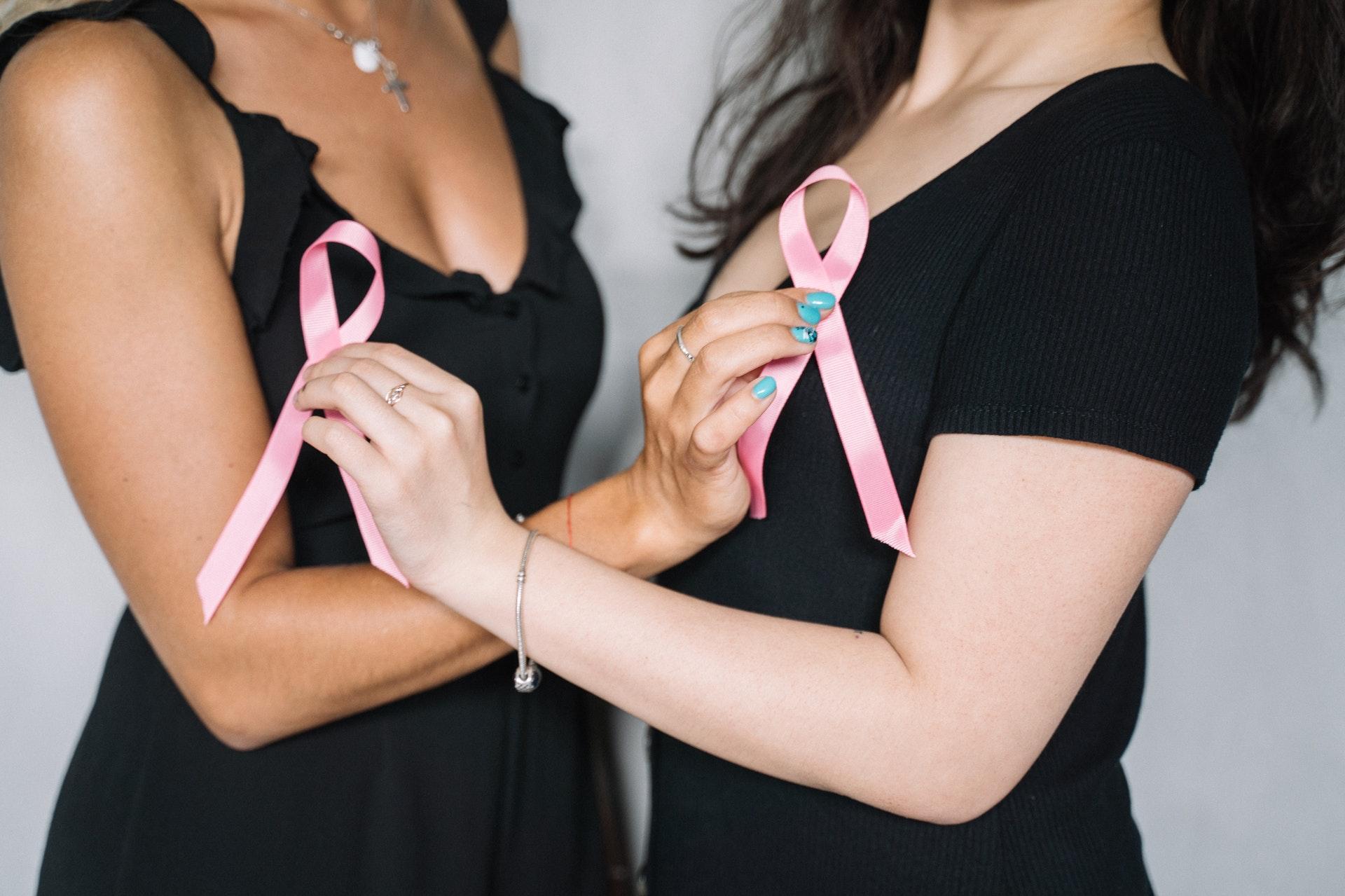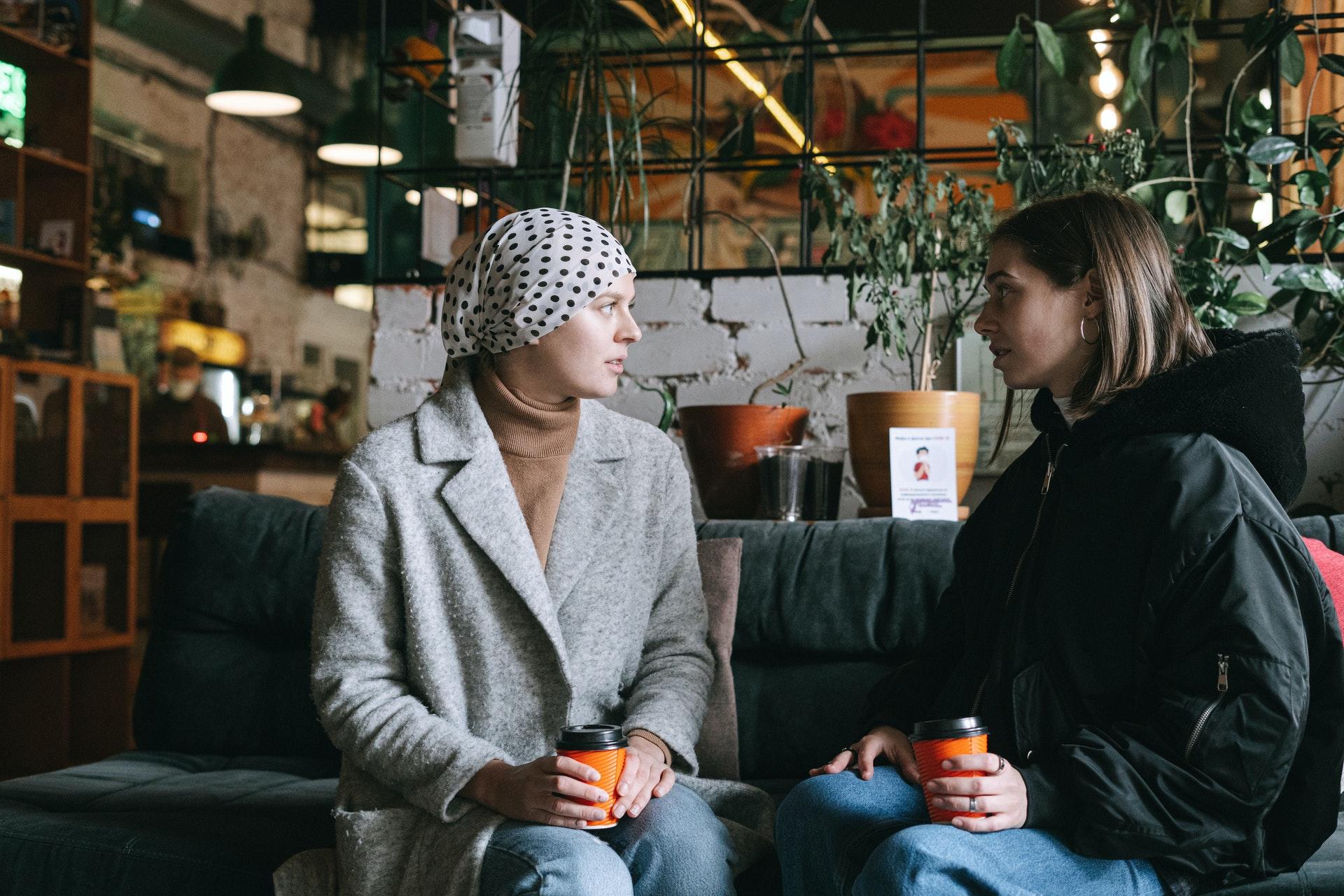How To Make Breast Cancer Awareness Month More Meaningful

Four years ago, a woman named Stacy waited a torturous weekend for her breast cancer diagnosis. Her gut told her the answer before her doctor. While her son was staying at a friend’s house, she looked up information about breast cancer for hours and spent most of the night crying, wondering if she was going to die. She was worried about what would happen to her son. As tests and treatment continued, she wavered between feeling fine to suddenly ‘’wigging out.” She remembers being flustered when she was late for an imaging appointment and lost in the hospital. An employee told her “you are going to be okay, you got this.” She suddenly started crying, but then thought I will be okay and I do got this, and made those words her motto.

What Is Breast Cancer Awareness Month?
Breast Cancer Awareness month was started in 1985 by the American Cancer Society and AstraZeneca. According to Brevard Health Alliance, the goal of this important month is “…to educate women about breast cancer and early detection tests.” In addition to education, fundraising efforts to support research and programs abound. For many, October is a time to celebrate kicking cancer’s butt or to remember those who lost their battle. The ultimate goal is to reduce the occurrence of, and deaths from, breast cancer.
Related Article: Do You Know Your Breasts Like You “Know Your Girls?”
Is It Making a Difference?
Has the increased awareness about breast cancer made a difference? BreastCancer.org shares that “…breast cancer incidence rates in the U.S. began decreasing in the year 2000, after increasing for the previous two decades.” In the last few years, rates have increased about ½ percent a year again. Breast cancer is still the most commonly diagnosed cancer among American women.
The wonderful news is that the mortality rate from breast cancer has declined dramatically. The American Cancer Society reports “…that death rates from breast cancer in the United States dropped 40% between 1989 and 2017.” The decline in deaths is largely because of early detection, better technology, and improved treatment. While the death rate has fallen for all groups, the American Cancer Society report also found that “…the death rate during 2013 through 2017 was 40% higher in Black women than in white women.” Black women are also more likely to get breast cancer before 40. Unfortunately, mammograms are not typically recommended or covered before age forty.

What Breast Cancer Awareness Means to a Survivor
From 5K runs, to store promotions, to pink ribbons – you can find events and symbols spreading awareness all through October. Stacy participated in these activities before being diagnosed, and now they frustrate her if they don’t come with change. About a month after her diagnosis, she bought a coffee that came with a pink lid, pink straw, and pink ribbon on the cup. She found herself getting furious and cussing about the pink straw. While, she appreciates the sentiment and the spreading of awareness, when companies are sporting pink just for marketing reasons, she sees red. What she wants is to hear that someone went and got a mammogram that detected cancer early, or those coffee shops raised $10,000 to help uninsured women with treatment, or really anything that makes an impact.

What Can You Do?
Stacy said her greatest support came from her community reaching out and supporting her in many small ways. Here are meaningful ways you can contribute to Breast Cancer Awareness Month.
- Donate to research organizations, and to programs that support women financially and emotionally. One of my favorites is Breast Friends.
- Educate yourself. The National Breast Cancer Foundation has a bevy of resources.
- Donate sick time to a co-worker going through treatment.
- Give a care package to someone in treatment or recovery.
- Show up for someone in need. Do their grocery shopping, clean their house, organize a meal train, or just sit and listen.
- Advocate for even earlier detection options and better access to health care.
- Most of all – get your mammogram, do a monthly self-check, and keep your lifestyle risks low.
Remember the goal is to reduce occurrences and death from breast cancer. Let’s do our part to support that goal!






